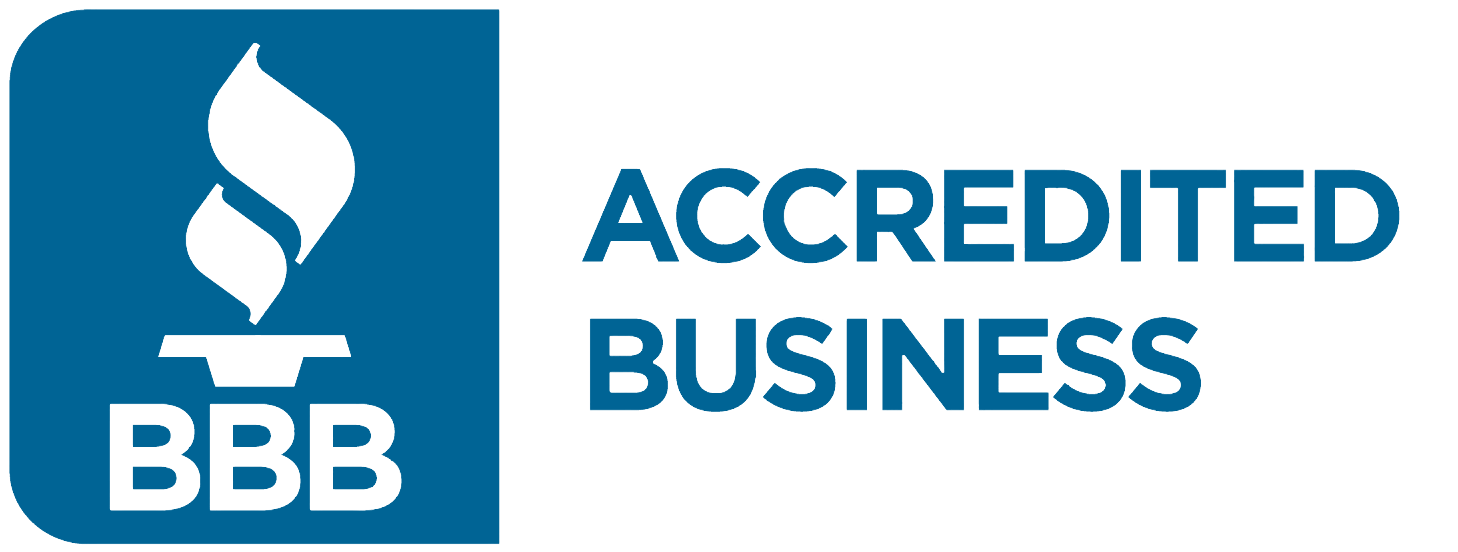
Staying active in your retirement years can help you to maintain good health and longevity. Making physical activity a habit can be fun and can have various physical, mental, and emotional benefits if executed in a way that makes sense for you. Here’s a rundown of five exercises that can be ideal for retirees.
Walking
Walking is an excellent, low-impact exercise that can help improve cardiovascular health, maintain a healthy weight, and improve mood. It’s flexible and can be easily incorporated into your daily routine. Walk around your neighborhood, in a local park, or even inside a mall. Aim for at least 30 minutes a day, but remember, any amount of walking is better than none.[1]
Yoga
Yoga not only improves flexibility and balance but also enhances mental well-being. It’s a gentle way to exercise that can be adapted for different fitness levels and abilities. Through various poses and breathing techniques, yoga can help reduce stress, increase body strength, and improve focus. Always remember to start with beginner classes and gradually advance as your strength and flexibility improve.[1]
Swimming
Swimming is a total-body workout that’s easy on the joints, making it ideal for retirees. It enhances cardiovascular fitness, tones muscles, and helps with weight management. Many community centers offer aquatic fitness classes specifically designed for seniors, providing a fun, social way to exercise.[1]
Dancing
Dancing is a fun and social way to stay fit. It can improve balance, coordination, and cardiovascular health. Whether it’s ballroom, line dancing, or Zumba, find a style of dance you enjoy and get moving. Many community centers and dance studios offer classes specifically designed for seniors.[1]
Resistance Training
Resistance or strength training is crucial as we age because it helps combat muscle loss, strengthens bones, and improves balance. Using resistance bands, light weights, or even your body weight can provide beneficial resistance. Start with exercises that target major muscle groups like the legs, chest, and back. Remember to start small and gradually increase the intensity as your strength improves.[1]
No matter if you’re not normally an active person or if athletics are a major part of your personal identity, scheduling time for physical exercise is important in retirement. If you are looking to stay active during your retirement rather than hunched over a desk working on the details of your financial strategy, Click HERE to reach out to one of our financial professionals today at Integrity Financial Planning for a complimentary review of your finances.










